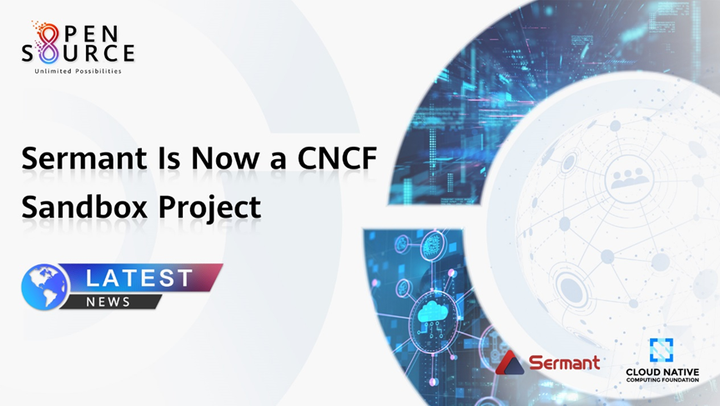vmware 安装gentoo注意的事项
参考:http://gentoo-wiki.com/HOWTO_Install_Gentoo_on_VMware_4_in_Windows_NT/2K/XP第一关:虚拟机的网卡mware有三种模式:桥接模式:把虚拟机当成一个真正主机,端口全部对外开放。NAT模式:与host共享网卡上网,如果要ssh必须在vmware 的nat tab中进行端口映射。host-only模式:与
参考:http://gentoo-wiki.com/HOWTO_Install_Gentoo_on_VMware_4_in_Windows_NT/2K/XP
第一关:虚拟机的网卡
mware有三种模式:
桥接模式:把虚拟机当成一个真正主机,端口全部对外开放。
NAT模式:与host共享网卡上网,如果要ssh必须在vmware 的nat tab中进行端口映射。
host-only模式:与主机完全分离的模式。
最简单最好用的就是nat模式了,如果不把虚拟机当成服务器使用,建议使用NAT模式。
把ssh端口22 映射出来。
第二关:内核配置
配置内核首先要对自己的机器硬件环境非常熟悉,只有配置好了驱动才能正常的使用机子。
可以使用lspci和lsmod,查看检测到的设备以及livecd加载的所有模块。这样才配置内核时可以参考配置。
VMWare Tools
VMware Tools uses Kernel Loadable Module support to load and unload its driver(s).
| Linux Kernel Configuration: kernel loadable module support |
Loadable module support ---> [*] Enable loadable module support [*] Module unloading [*] Automatic kernel module loading |
Intel PCI/ISA Bridge
| Linux Kernel Configuration: Intel PCI/ISA Bridge |
Bus options (PCI etc.) ---> [*] PCI Support [*] ISA Support |
SCSI Controller
LSI Logic
Linux Kernel Configuration: LSI Logic SCSI adapter
Device Drivers --->
Fusion MPT device support --->
<*> Fusion MPT (base + ScsiHost) drivers
OR
<*> Fusion MPT ScsiHost drivers for SPI [kernel 2.6.13]
Device Drivers --->
SCSI device support --->
<*> SCSI device support
<*> SCSI disk support
SCSI low-level drivers --->
<*> SYM53C8XX Version 2 SCSI support
BusLogic
Device Drivers --->
Fusion MPT device support --->
<*> Fusion MPT (base + ScsiHost) drivers
OR
<*> Fusion MPT ScsiHost drivers for SPI [kernel 2.6.13]
Device Drivers --->
SCSI device support --->
<*> SCSI device support
<*> SCSI disk support
SCSI low-level drivers --->
<*> SYM53C8XX Version 2 SCSI support
By default, VMware virtual machines provide a BusLogic SCSI controller and a SCSI hard drive. Your new kernel should have these device drivers for them:
| Linux Kernel Configuration: BusLogic SCSI |
Device Drivers --->
SCSI device support --->
<*> SCSI device support
<*> SCSI disk support
SCSI low-level drivers --->
<*> BusLogic SCSI support
|
CDROM
| Linux Kernel Configuration: Intel PIIXn chipset and ISO9660 File System |
Device Drivers --->
ATA/ATAPI/MFM/RLL support --->
<*> Enhanced IDE/MFM/RLL disk/cdrom/tape/floppy support
<*> Include IDE/ATAPI CDROM support
[*] PCI IDE chipset support
[*] Generic PCI bus-master DMA support
<*> Intel PIIXn chipsets support
File systems --->
CD-ROM/DVD Filesystems --->
<*> ISO 9660 CDROM file system support
[*] Microsoft Joliet CDROM extensions
|
Network
You will need to enable the following to get basic packet and TCP/IP support.
| Linux Kernel Configuration: Network |
Networking --->
[*] Networking support
Networking options --->
<*> Packet socket
<*> Unix domain sockets
[*] TCP/IP networking
|
PCnet-PCI II
Linux Kernel Configuration: Network
Device Drivers --->
Network Device support --->
[*] Network device support
Ethernet (10 or 100Mbit) --->
[*] Ethernet (10 or 100Mbit)
[*] EISA, VLB, PCI and on board controllers
<*> AMD PCnet32 PCI support
Device Drivers --->
Network Device support --->
[*] Network device support
Ethernet (10 or 100Mbit) --->
[*] Ethernet (10 or 100Mbit)
[*] EISA, VLB, PCI and on board controllers
<*> AMD PCnet32 PCI support
Audio
| Linux Kernel Configuration: Sound |
Device Drivers --->
Sound --->
<*> Sound card support
Advanced Linux Sound Architecture --->
<*> Advanced Linux Sound Architecture
<*> OSS Mixer API
<*> OSS PCM (digital audio) API
PCI devices --->
<*> (Creative) Ensoniq AudioPCI 1371/1373
|
udev Support
| Linux Kernel Configuration: Miscellaneous Things |
File Systems --->
Pseudo filesystems --->
<*> /proc file system support
< > /proc/kcore support
<*> Sysctl support (/proc/sys)
<*> sysfs file system support
<*> Virtual memory file system support (former shm fs)
|
第三关:安装gnome
按照官方文档,安装gnome的时候出现循环依赖。解决办法是:
USE="-qt3 -qt4 -arts -kde X dbus gtk gnome hal avahi" 去掉最后边的avahi。
关于每个use标示的意义可以在/usr/portage/profiles/use.desc中查看。
还有就是use中最好去掉-doc 很容易导致循环依赖。
更多推荐
 已为社区贡献2条内容
已为社区贡献2条内容








所有评论(0)